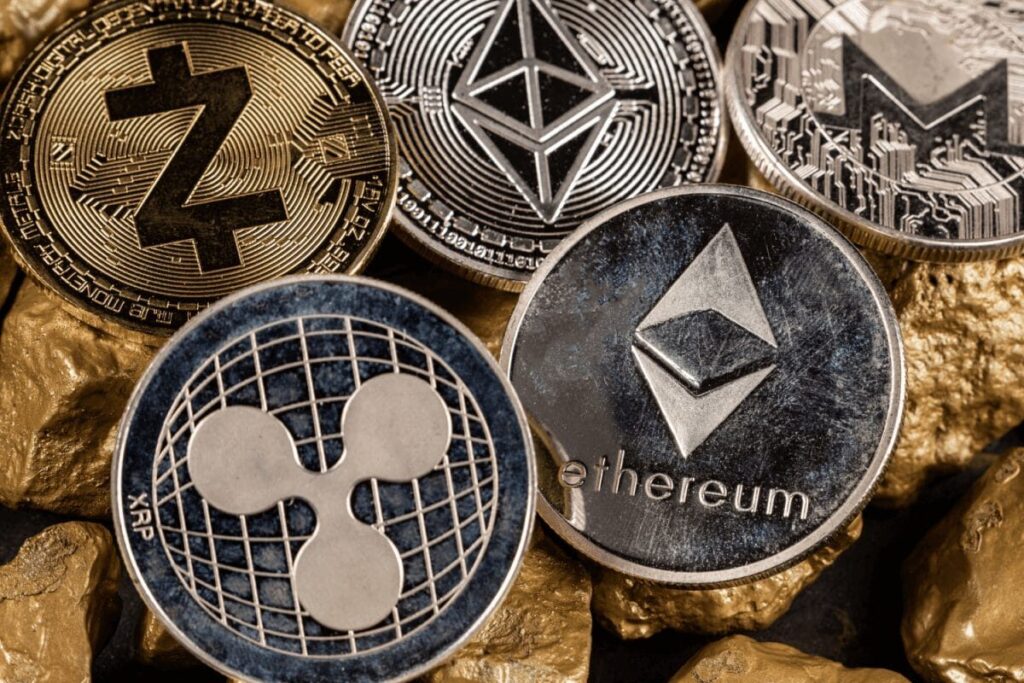Crypto markets are entering a new phase. Altcoins, once at the center of investor excitement, are losing momentum. These digital assets previously generated quick gains and dominated market narratives. But that wave has slowed dramatically. What was once called “altcoin season” — a time when alternative cryptocurrencies outperformed Bitcoin — is now winding down. The Altcoin Season Index has dropped sharply, reaching just 16. This shift has led traders to reevaluate where the next opportunities may lie.
So, what’s behind this shift? And how should crypto investors respond?
What Was Altcoin Season?
From: Coin Glass
Altcoin season refers to a period when non-Bitcoin tokens experienced outsized growth.
Back in 2017, the boom in initial coin offerings (ICOs) sparked massive gains across altcoins. Ethereum and other platforms skyrocketed as investors chased early-stage projects.
In 2021, another altcoin surge was fueled by DeFi protocols and NFTs. Names like Solana and Uniswap dominated the conversation. Communities formed. Prices soared.
But that cycle didn’t last forever. As of 2025, investor enthusiasm has cooled.
Why Altcoin Sentiment Has Faded
The market no longer has the same energy.
With the Altcoin Season Index falling to 16, the mood is clearly shifting. Interest in alternative tokens has dropped, and liquidity across these assets has declined.
Multiple issues are contributing to the downturn. Let’s explore the main reasons altcoins are struggling today.
Key Challenges Facing Altcoins
Three major problems have played a role in the decline of altcoins:
1. Weak Real-World Utility
Many altcoin projects launched with big promises but lacked functional use cases. Without strong fundamentals or working products, long-term value is hard to sustain.
Investors are increasingly skeptical.
2. Diminishing Narratives
The excitement around DeFi and NFTs has worn off. Those trends brought temporary attention, but they weren’t enough to maintain investor interest over time.
Without compelling new narratives, the hype faded.
3. Security Vulnerabilities
Cross-chain bridges and smart contracts became frequent targets for hackers. Repeated attacks undermined trust in smaller ecosystems and made investors more cautious.
These incidents drove users away.
Where Investors Are Looking Now

As the appeal of altcoins declines, attention is shifting toward other areas of the crypto market.
Bitcoin Holds Its Ground
Bitcoin continues to serve as a stable option in uncertain times. Its role as digital gold remains relevant, and many still see it as a reliable long-term asset.
Layer 2 Networks Gain Momentum
Solutions like the Lightning Network are improving scalability and reducing transaction costs. These upgrades bring efficiency to established blockchains.
Regulation Brings New Clarity
Legal frameworks are starting to develop. Greater regulatory clarity may invite more institutional investors into the space — but that capital is more likely to flow toward established projects, not speculative altcoins.
What Should Crypto Investors Do?
If the altcoin era is fading, how can investors adapt?
Here are a few smart steps:
1. Focus on Quality Projects
Only invest in tokens with real use cases, active development teams, and clear long-term plans. Avoid projects built on hype.
2. Maintain a Diversified Portfolio
Don’t rely on one asset class. Spread risk by holding different types of crypto, including Bitcoin, stablecoins, and high-quality infrastructure plays.
3. Keep Learning
The crypto space evolves quickly. Stay informed about new developments, technology upgrades, and legal changes. Make decisions based on facts, not speculation.
The Market Is Changing — And That’s Okay
Altcoin season, as we’ve known it, might be over for now.
But crypto as a whole is not going anywhere. The space is simply maturing. Hype is being replaced by substance. Long-term value will depend on function, security, and adoption — not just marketing.
Bitcoin remains a cornerstone of the market. Layer 2 solutions are driving innovation. Regulation is bringing structure.
This may not look like the last bull run, but that doesn’t mean opportunity is gone. Investors who adapt, do their research, and focus on fundamentals can still find value in the next chapter of crypto.
Disclaimer: This content is for informational purposes only. It does not constitute financial advice or a recommendation to invest.








